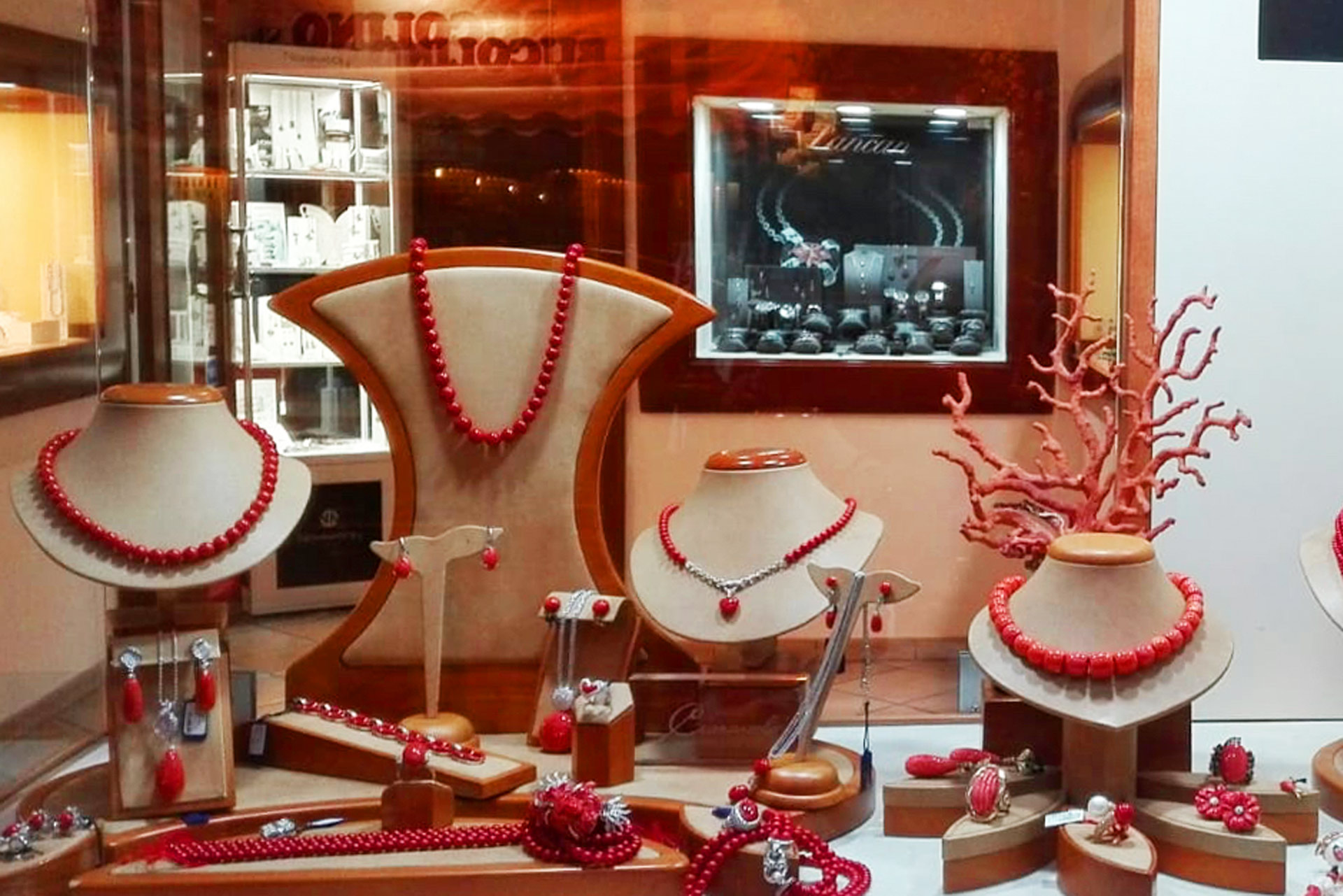Inaugurated in 2007 and tended by the Superintendency of Pompeii’s Laboratory of Applied Research inside the Excavations, the Pompeii Botanical Garden occupies an area of over 800 meters square, in which all the species already living in the ancient city are collected: fruit trees, medicinal and sacred plants, vegetables, marsh and textile plants.
You can access there from Via dell’Abbondanza with the exit near the triangular Forum, next to a large garden where there is the resting area for visitors, to whom a route divided by themes is suggested and gives accurate information in Italian and in English.
For the ancients who didn’t have a refrigerator, one of the biggest problems was the conservation of food: for this reason, hard-shelled fruits such as walnuts, almonds and hazelnuts were very important and widely used. Usually in the Pompei garden, apple trees, pears, quinces, rowan berries and especially figs and olive trees (whose fruits could be dried and preserved for a long time), were not missing. The presence of these trees shows the importance of wood among the ancients for carpentry, building and naval purposes.
Among the aromatic and medicinal plants cultivated in the ancient gardens and then reproduced in the modern ones, there were also basil, thyme, mallow, laurel, nettle, garlic for blood pressure and rue for its abortive properties.
The most common textile plants were flax, hemp, broom, with which fabrics were made but also cordage, nets, sails, while the waste was used for the wicks of the oil lamps. With inflorescences alder, fabrics were dyed, while the fuller’s teasel was used to card wood. Finally, in the botanical garden there are also the evergreen coronary plants, to which Pliny the Elder will dedicate the 21st book of his Naturalis historia, which were used to weave celebratory, cultural or therapeutic wreaths
© ALL RIGHTS RESERVED




Comments powered by CComment